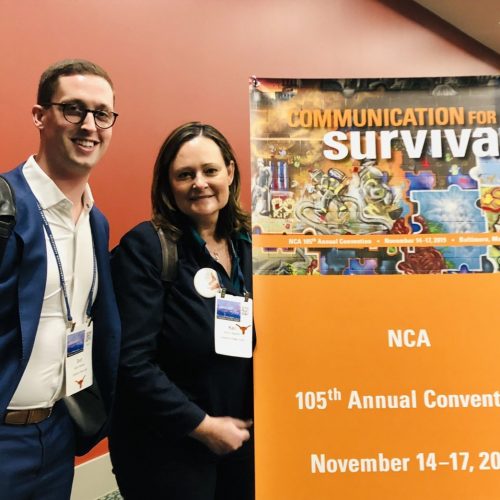Handbook of Communication Training
Abstract: This chapter connects training and development practices with scholarly research that helps CCCTTs develop their technology proficiency; a best practice integral to improving instructional design and communication proficiency. Our chapter addresses both the problems created when people are constantly connected, and the impact those practices have on focus and attention during training. We share best practices, consistent with the multicommunicating and learning motivation literature, that will help trainers accommodate the needs of their connected learners.
